There are all kinds of "foodies" in the animal world, and their love for food is even no less than that of humans. Unlike humans, animals often resort to overeating to satisfy their appetite. So, which animals are the most gluttonous in the world? The following will introduce the ten most gluttonous animals: blue whales, shrews, hummingbirds, giant pandas, sea otters, silkworms, Tasmanian devils, etc. These animals are considered to be among the most gluttonous animals in the world because of their unique living habits and food needs. Their eating habits are not only to meet survival needs, but also reflect the diversity and ecological balance of the animal world.

1. Blue Whale (The Biggest Eater on Earth)

The rotting corpse of a blue whale on the banks of the Traut River in the Netherlands
The blue whale is definitely the biggest creature on Earth, with a body length of up to 33 meters and a weight of over 200 tons, equivalent to the weight of 25 adult Elephants-Are-Endangered.html">elephants. Although blue whales are huge, their main food is tiny krill. When a blue whale has a big appetite, it can devour more than 2 million krill at a time. In addition, blue whales have an incredible digestive system that can completely digest about 8 tons of food in a very short time. These huge creatures eat between 4 and 8 tons a day, and they will feel hungry once the food in their stomachs is less than 2 tons.
2. Shrews (Starving to death)
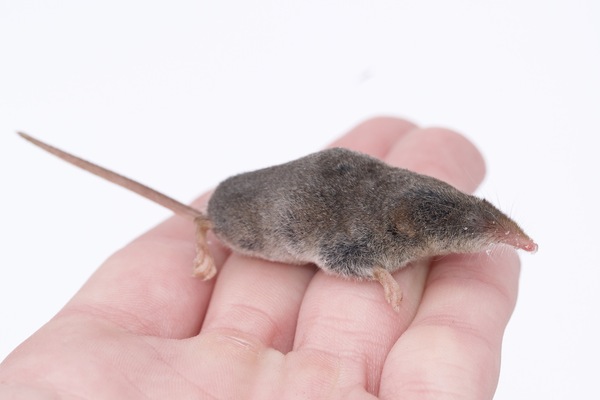
Shrews are also big eaters in the animal kingdom, even though they are one of the smallest land mammals. The smallest shrew is only 3.5 cm long and weighs 2 grams, about the size of a coin. In comparison, an adult male South African elephant weighs about 6 tons. Shrews spend 17 hours a day foraging and eat 60 kg of dry food. Although it seems to eat an amazing amount, food actually only accounts for a small proportion of their body weight. However, shrews have to swallow at least their own weight in food every day. If food is abundant, they can even eat three times their own weight in food a day. Shrews need to consume a lot of calories to offset their huge energy consumption. If they don't eat within 5 hours, these small animals will die of starvation.
3. Hummingbird (binge to maintain physical strength)

Hummingbirds are small, colorful birds that are regarded by many as goddesses of the forest. However, these "forest goddesses" are actually big eaters. Relative to their size, hummingbirds are one of the more gluttonous animals. In 8 hours, hummingbirds can eat about 48 times, and they will catch food every 10 minutes. Hummingbirds have such a big appetite mainly because they consume a lot of energy. The wings of hummingbirds need to vibrate 50 times per second on average. Their metabolic rate is the fastest among vertebrates, and their heartbeat can reach 500 beats per minute. Among them, the ruby-throated hummingbird has the fastest wing-flapping record and may be one of the most greedy birds in the world. The ruby-throated hummingbird can flap its wings 200 times per second, and the nectar it consumes every day far exceeds its own weight, even up to twice its body weight.
4. Giant Panda (consumes nearly 40% of body weight per day)
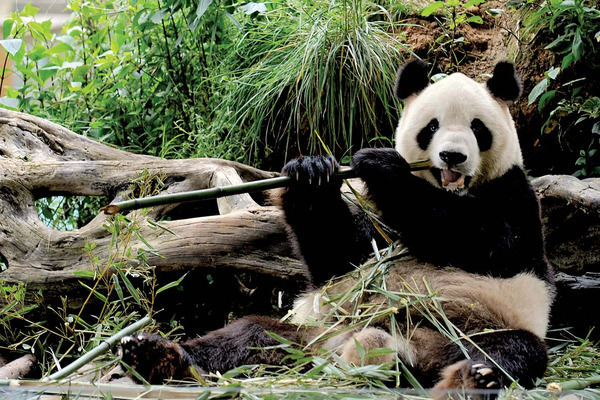
Our national treasure, the giant panda, is also one of the animals with the largest appetite. The ancestors of the giant panda were carnivores, but in the long process of evolution, because bamboo was easier to obtain, the giant panda's diet gradually became mainly bamboo. However, their digestive system has not changed much and is still similar to that of carnivores: a short digestive tract, sharp canine teeth, and no cecum. This raises a question: the giant panda's intestines lack specific bacteria that break down cellulose, so the proportion of calories obtained from bamboo is very low. In order to obtain nutrition, pandas can only make up for it by eating constantly. In the wild, except for sleeping or short-distance activities, giant pandas eat for up to 14 hours a day. A giant panda eats 12 to 38 kilograms of food a day, which is close to 40% of its body weight.
5. Sea Otter (consumes more than 1/3 of its body weight in seafood per day)
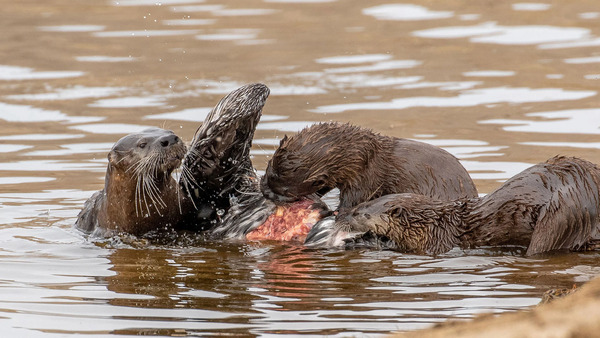
Sea otters are also one of the top ten animals that eat the most. They often float on the water, making people often forget that they are actually animals that are 1.5 meters long and weigh about 40 kilograms. Sea otters not only love to eat, but also know how to eat. After generations of evolution and reproduction, their tool-using skills have been continuously improved. They have long learned the "basic operation" of cracking shells with stones, and are good at using their bodies as a dining table for easy eating. Sea otters usually consume 1/3 of their body weight in seafood per day. Most of their food is shellfish, abalone, sea urchins, crabs, etc. grown on the seabed, and sometimes they also eat some seaweed and fish.
6. Silkworm (can eat 1/2~2/3 of its own body weight per day)
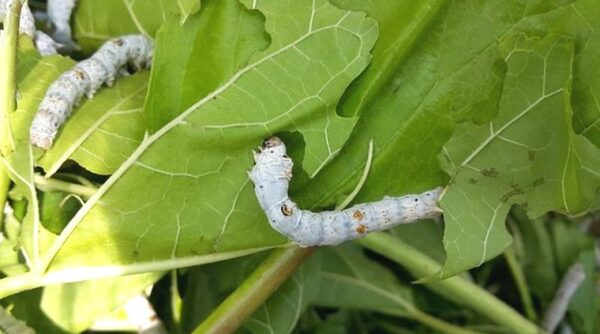
In the animal glutton rankings, silkworms are also famous eating machines. For example, silkworms can eat mulberry leaves several times their own weight every day. At different stages of growth, their food intake will increase. In two months, silkworms can eat more than 1,000 times their body weight in food, and generally eat 0.4 to 0.6 kilograms of mulberry leaves in their lifetime. Throughout their lives, silkworms eat almost non-stop, and their mouths are never idle.
The species with the largest appetite is the polyphonic silkworm. A polyphonic silkworm caterpillar can eat food 86,000 times its own weight in 56 days. It is known as the most greedy animal in the world.
7. Tasmanian devil (can eat 15% of its body weight per day)
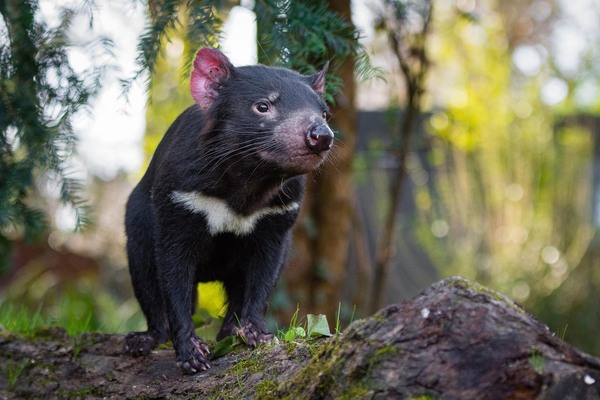
Tasmanian devils are also common players in the animal food rankings. They are mainly carnivorous. As a small beast in Australia, Tasmanian devils have sharp teeth and strong bite force, and can even prey on animals slightly larger than them. Their favorite food includes wombats, but they also eat other livestock (such as sheep), birds, fish, frogs and reptiles depending on the abundance of food around them.
Tasmanian devils eat an average of 15% of their body weight per day, but if conditions permit, they will eat 40% of their body weight in half an hour.
8. Vultures (fast eaters with large appetite)
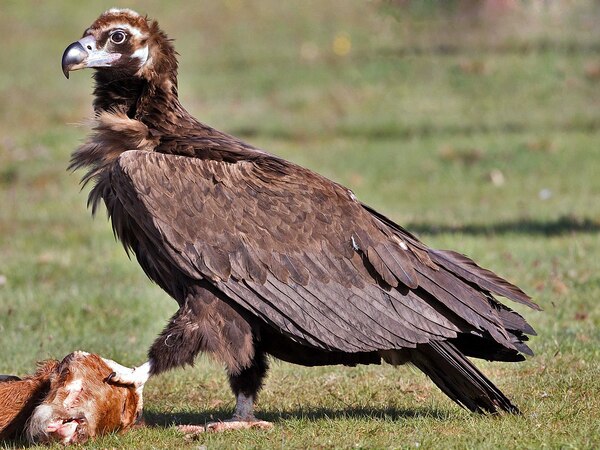
Vultures are recognized as the king of carrion, mainly feeding on large animal carcasses and other rotting animals, and occasionally attacking and preying on small animals. They are called "cleaners on the grassland" and often hover over open and relatively exposed mountains and plains to search for animal carcasses. The digestive system of vultures contains a special acidic substance that can break down any food, even bacteria and bones.
Due to long-term exposure to pathogens, vultures have evolved a strong immune system. The antibodies in their bodies are well developed, which are enough to effectively fight against the invasion of pathogens and can also resist a variety of biological toxins. Vultures have an amazing appetite. A group of vultures can eat the remains of a large animal within 1 hour, and some individuals can eat more than 20% of their own body weight in one breath.
9. Honeypot Ants (Eat until their bodies are about to burst)
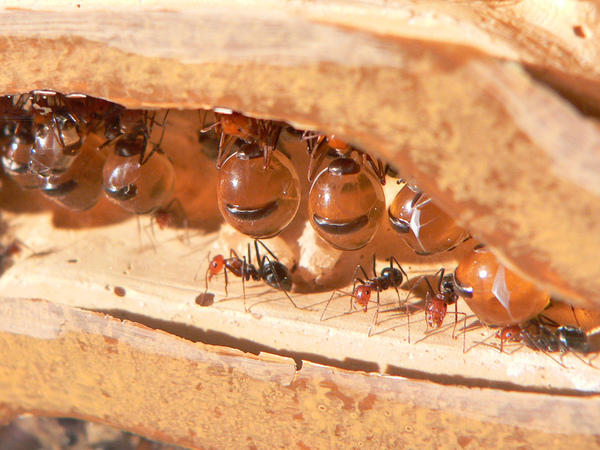
Honeypot ants are a type of ant that lives in North America. They are called "honeypot ants" because their abdomens are particularly developed and look like they are dragging a large honey jar. When they are not sucking honey, the abdomens of honeypot ants are almost the same as those of ordinary ants. But in order to store more honey, after a long period of evolution, the abdomens of honeypot ants have hard bone plates, which are connected by soft and tough membranes and are very elastic.
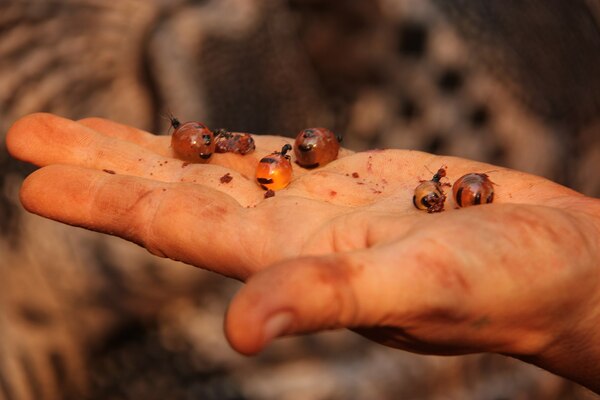
When food is abundant, honeypot ants will greedily suck honey until their abdomens become transparent and look about to burst. After sucking enough honey, the abdomen of a honeypot ant can reach 1.5 grams, and the entire abdomen is as big as a grape. This special abdominal structure makes the honeypot ant a "living honeypot", which can provide energy and nutrition for the entire ant colony during the shortage season.
10. Python (swallows animals that are equal to or heavier than their body weight)
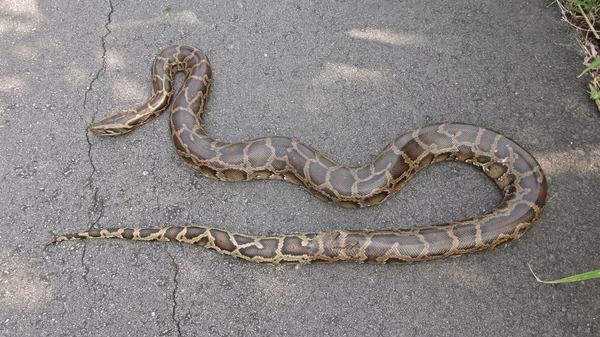
Snakes are also known as "big eaters" in the animal kingdom. When they are foraging, they will ambush in a hidden place in advance, bend their bodies, swing their heads left and right, spit out their Y-shaped tongues, search for the smell of prey around them, and wait for prey to come. Especially pythons, which are commonly 3 to 5 meters long and have a long enough body, so when they entangle their prey, they will wrap around the prey in circles until the prey loses its heartbeat and stops breathing.
Snakes have an amazing appetite and can eat animals equal to or even more than their own weight in one go. However, sometimes their stomachs burst due to the sheer volume of food. Despite this, snakes' digestive systems are very efficient and they can completely digest food after a week.
animal tags:
We created this article in conjunction with AI technology, then made sure it was fact-checked and edited by a Animals Top editor.